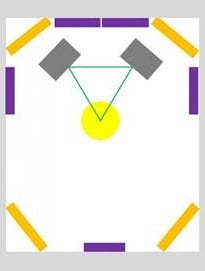The Beginner's Guide to Acoustic Treatment
Ever walked into a room and clapped your hands, only to be met with a weird, fluttering echo? Or maybe you’ve cranked your favorite tune, but the bass sounds muddy and the treble overbearing? That’s your room talking back. The good news is it can be fixed, oftentimes with only minor adjustments to your current setup.

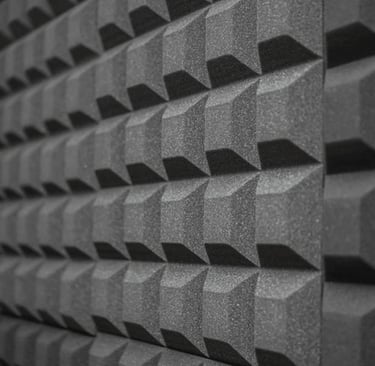
Sometimes, just moving your couch or adding a thick rug can make a world of difference. This guide is all about using acoustic treatment to get your room sounding its best, whether you're listening to music, mixing a track, or just trying to watch a movie without all that muddle.
Why Bother?
Think of your room as part of your stereo system. The sound comes out of your speakers, but immediately it starts bouncing off the walls, the ceiling, that big glass coffee table. These reflections create an assortment of audio problems such as:
Reflections: Quick, sharp echoes that can make things sound harsh and unclear, leading to problems such as flutter echo and treble saturation. Flutter echo is the result of reflections of sound between parallel walls. These can be mitigated with strategically placed absorption materials such as the image below. Treble saturation is the harshness heard in rooms with little absorbing materials, making it difficult to pinpoint the source of the treble.
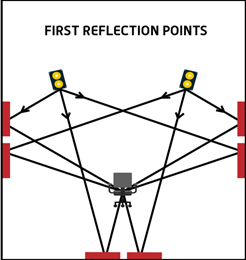

Room(Eigen) Modes: Frequencies below the Schroeder frequency tend to blend together as they reflect around the room but are too low to pinpoint. This creates a booming mess where the bass is way too loud in some spots and almost nonexistent in others. While they cannot be eliminated entirely, they are best mitigated by strategically placed bass traps to reduce the decay time.
The goal of acoustic treatment isn't to completely kill all sound, that would be just as bad. It's about controlling it. You want to create a balanced space where you can hear your speakers clearly, not speakers mixed with your room's added acoustics.
The Essential Equipment
You don't need to cover the entirety of your wall. It's about keeping positioning in mind. Here are the main tools you'll need:
Absorbers: These are your go-to for stopping those pesky reflections. They're usually soft and fluffy panels made of rockwool or fiberglass, covered in cloth. You place them at the key reflection points on your walls and ceiling. That’s where the sound from your speakers hits first. A simple trick is to have a friend slide a mirror along the wall while you sit in your listening spot where you see the speaker in the mirror, that's where a panel should go.

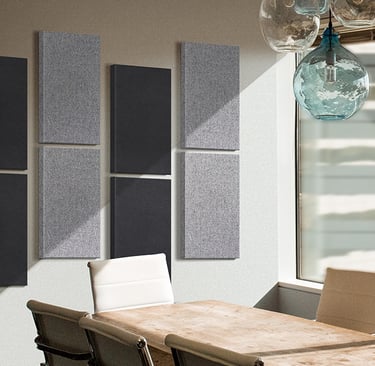
Bass Traps: This is where the real magic happens for a clean low-end. Bass frequencies are the toughest to control, and they love to hang out in the corners of your room. Bass traps are thicker, denser panels designed specifically to soak up this low-end energy. Placing them in your room's corners is one of the most effective first steps you can take.
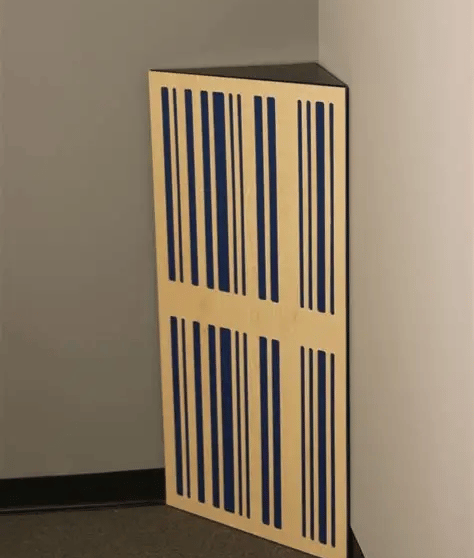

Diffusers: Ever walk into a fancy concert hall and notice the walls aren't flat? They’re often covered in complex wooden structures. Those are diffusers. Instead of absorbing sound, they scatter it, breaking up strong reflections and making the room sound more natural and "live" in a good way. You usually place these on the back wall behind you to preserve a sense of space.
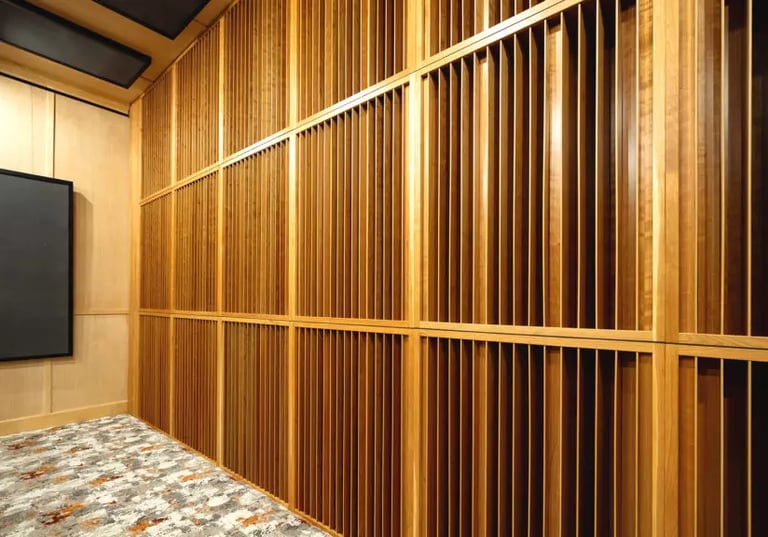

The Live-End Dead-End Concept
A pro tip to avoid making your room sound like a padded cell is the "Live End, Dead End" (LEDE) strategy. The concept is simple, by treating the front of the room (where your speakers are) and primary reflection points to be more absorbent or dead provides clean, direct sound. Then, you treat the back of the room with diffusers to be more reflective or live, which keeps the room feeling open and spacious. This balance prevents you from over-treating while providing the best imaging your speakers can produce.
